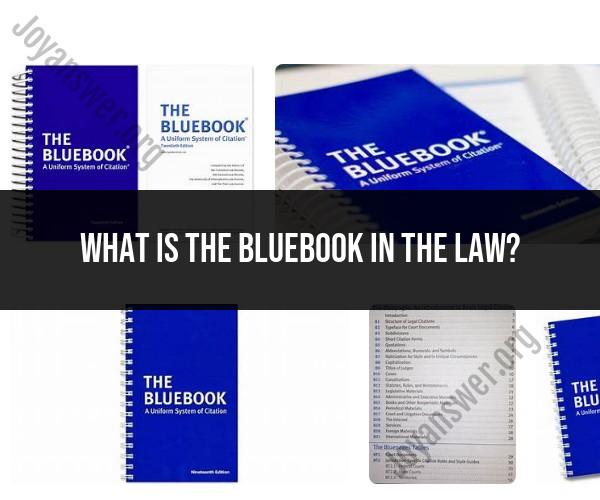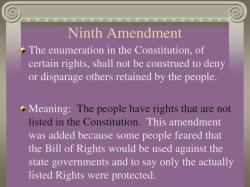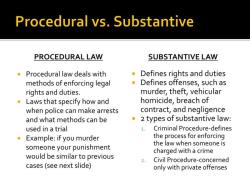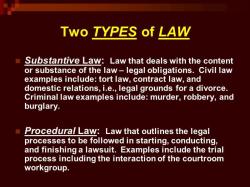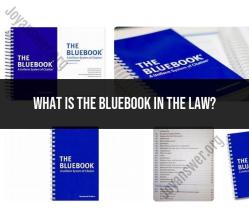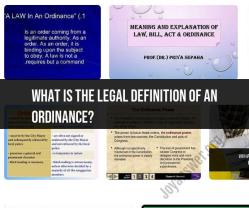What is the Bluebook in the law?
The Bluebook is a widely used style guide and citation manual in the legal field in the United States. Its full title is "The Bluebook: A Uniform System of Citation." The Bluebook provides rules and standards for legal citation, which means it guides law students, legal professionals, and scholars on how to properly cite and reference legal sources in written documents, including legal briefs, academic papers, court documents, and legal journals.
The Bluebook covers a wide range of topics related to legal citation, including how to format case citations, statutes, regulations, legal periodicals, court rules, and much more. It helps ensure that legal citations are consistent, accurate, and follow standardized formats, making it easier for readers to locate and verify the legal sources cited in a document.
The Bluebook also addresses various other aspects of legal writing and documentation, including how to format footnotes, quotations, and abbreviations commonly used in legal writing.
While The Bluebook is the standard citation guide used in many law schools, legal publications, and courts in the United States, it's important to note that different countries and legal jurisdictions may have their own citation styles and guides. For example, in the United Kingdom, the "Oscola" style guide is commonly used for legal citation.
The Bluebook is updated periodically to reflect changes in legal citation practices, and new editions are published to accommodate these changes. Legal professionals, law students, and legal writers often rely on the most recent edition of The Bluebook to ensure their citations adhere to current standards and conventions.
The Bluebook in Law: A Guide to Legal Citation
The Bluebook: A Uniform System of Citation is a style guide that prescribes the most widely used legal citation system in the United States. It is taught and used at a majority of U.S. law schools and is also used in a majority of federal courts.
The Bluebook provides guidance on how to cite a wide variety of legal sources, including cases, statutes, regulations, secondary sources, and international law. It also covers other aspects of legal writing, such as punctuation, grammar, and style.
Navigating Legal Citations: Understanding the Bluebook
The Bluebook can be a daunting resource for law students and new lawyers. However, there are a few tips that can help you to navigate legal citations and understand the Bluebook:
- Start by familiarizing yourself with the basic structure of a legal citation. A legal citation typically includes the following elements: the author, the title of the work, the publisher, and the publication date.
- Use the Bluebook index to find the specific citation rules for the type of source you are citing. The Bluebook is organized by topic, so it is easy to find the information you need.
- Pay attention to the details. The Bluebook is a very precise style guide, so it is important to make sure that your citations are accurate and complete.
The Bluebook: An Essential Tool in Legal Writing
The Bluebook is an essential tool for legal writing. It helps lawyers to communicate effectively and to ensure that their citations are accurate and complete.
Here are some of the benefits of using the Bluebook:
- The Bluebook is a widely used citation system, so lawyers can be confident that their citations will be understood by other lawyers and judges.
- The Bluebook provides clear and concise rules for citing a wide variety of legal sources.
- The Bluebook is updated regularly to reflect changes in the law and in legal citation practices.
If you are serious about legal writing, then you need to learn how to use the Bluebook. It is an essential tool for any lawyer who wants to write clear, concise, and persuasive legal documents.
